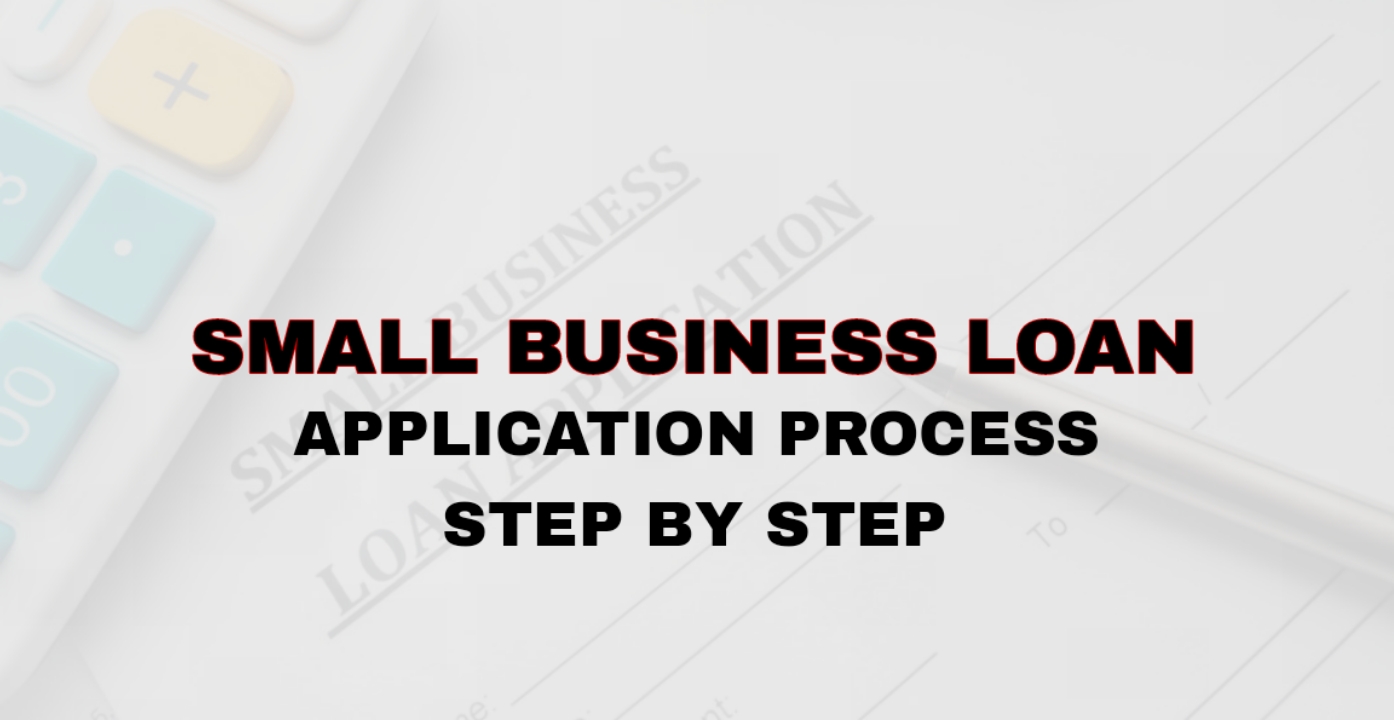Applying for a small business loan this year can feel overwhelming—especially with new regulations tightening eligibility and adding extra verification steps. But with the right strategy, you can navigate the small business loan application process efficiently, avoid delays, and improve your chances of approval.
Advertisements
This updated guide walks you through each step lenders expect, the documentation you’ll need, and the differences between SBA, bank, and online lender processes.
Advertisements
Step 1: Define Your Loan Purpose & Amount
Start by clarifying why you need financing and how much you require. Lenders approve faster when the use of funds is clearly defined.
Common Loan Purposes:
Expansion or new locations
Purchasing equipment or inventory
Smoothing seasonal cash flow
Hiring staff or marketing campaigns
Loan Types to Match Needs:
Term loans—Best for one-time, large investments
Business lines of credit—ideal for recurring expenses
SBA Microloans—For startups or needs under $50,000
Step 2: Confirm Eligibility & Compare Lenders
Before applying, check that you meet basic requirements.
| Factor | Bank Requirements | Alternative/Online Lenders |
|---|---|---|
| Credit Score | 620–640+ | 600+ |
| Time in Business | 2+ years | 6–12 months |
| Annual Revenue | $50K–$100K+ | Flexible |
| Use of Funds | Must be specific | Must be specific |
SBA-Specific Rules in 2025:
81%+ beneficial ownership reporting
U.S.-only ownership allowed
Debt Service Coverage Ratio (DSCR) ≥ 1.25x
Minimum credit score: 650+
Fraud and identity verification checks
Lender Types to Consider:
Banks & Credit Unions – Lowest rates, strictest approval
SBA Lenders – Government-backed, longer timelines
Online Lenders—Fast approvals, higher rates
Microlenders/CDFIs—Flexible for startups
Step 3: Prepare Your Application Materials
Gathering documentation in advance speeds up your small business loan application process.
Required Documents Checklist:
Business plan or loan proposal (use case + repayment plan)
Business and personal tax returns (last 2–3 years)
Bank statements (6–12 months)
Profit & loss statement, balance sheet, cash flow projections
Licenses, EIN, incorporation papers
Ownership verification documents (per SBA guidelines)
Collateral details (if applicable)
Personal identification for all principals
Step 4: Submit Your Application
For SBA Loans: sba.gov
Complete Form 1919 (Borrower Info) and Form 413 (Personal Financial Statement) carefully—errors cause delays.
Submit via the lender’s SBA portal or in person.
For Banks & Online Lenders
Use their application portal or visit a branch.
Ensure every required field and document is provided to avoid rejection.
Step 5: Understand the Underwriting Process
Lenders evaluate the 5 Cs of Credit:
Character – Credit history & integrity
Capacity – Ability to repay (DSCR ≥ 1.25x)
Capital—Your investment in the business
Collateral – Assets pledged (if required)
Conditions—Industry and market risk
Typical Timelines:
Banks/SBA: 60–90 days
SBA Express: 30–45 days
Online lenders: 1–7 days
Step 6: Approval, Closing & Funding
Once approved, you’ll:
Review loan agreement terms (APR, fees, repayment schedule)
Negotiate to remove unnecessary fees or restrictive clauses
Set up automatic repayments from your business account
Complete any required environmental or collateral reviews
Step 7: Manage Your Loan Responsibly
To maintain lender trust and avoid future financing issues:
Make timely payments
Keep accurate, up-to-date financial records
For SBA loans, submit the required annual reports
Communicate with your lender early if repayment challenges arise— SBA offers hardship programs
FAQs – Small Business Loan Application Process
Q: How long does approval take?
A: Banks/SBA loans: 60–90 days; SBA Express: ~30–45 days; Online lenders: 1–7 days.
Q: What credit score is required?
A: Banks: 680+; SBA: 650+; Online lenders: 600+.
Q: What is the DSCR?
A: Debt Service Coverage Ratio—your cash flow divided by loan payments. SBA typically requires ≥ 1.25x.
Q: What’s new for SBA applications in 2025?
A: Beneficial ownership reporting (81%+), U.S.-only owners, DSCR requirements, and higher fraud screening.
Internal Resources
Small Business Loan Requirements: Eligibility & Documentation
- SBA Loans: 7(a) vs. 504 vs. Microloans—Which Is Best for You
Advertisements

